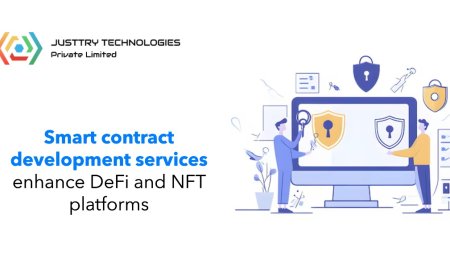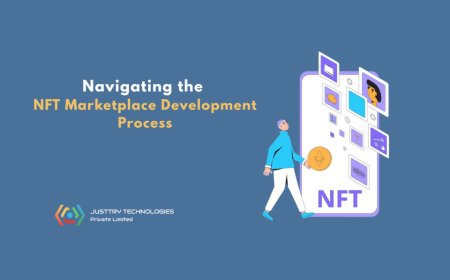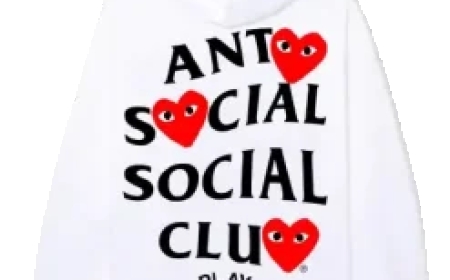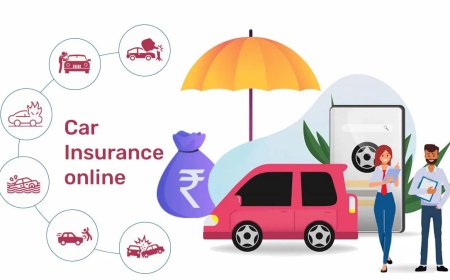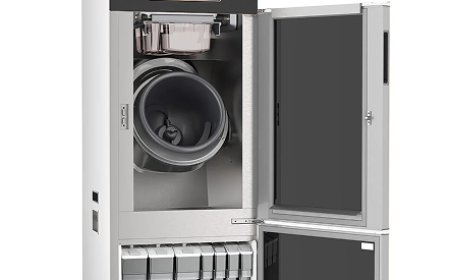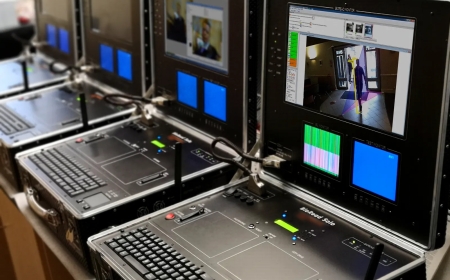How 2-Way Texting is Quietly Transforming Front Office Chaos

The phones wouldn't stop ringing.
That's how it started every morning at 8:00 a.m. sharp. The phones were already screaming before anyone could even settle in with coffee. Appointment confirmations, prescription refills, questions about test results, one patient after another asking, "How long will the wait be today?" It was a chorus of chaos.
And on the other end? A front office team juggling clipboards, insurance queries, frustrated patients in line, and the constant, relentless ding of unanswered voicemails.
Welcome to the front lines of healthcare.
It's part of medical practice most people don't think about until they're standing at the front desk themselves, tired, maybe worried, filling out the same form for the fourth time, trying not to overhear the person in front of them detailing a very personal situation out loud. The whole setup feels like something out of a time capsule. Paper-heavy. Phone-bound. Slow.
But not for long.
Because here's what no one tells you: one of the quietest, most effective shifts in healthcare today isn't about complex tech stacks or billion-dollar AI engines. It's about something so simple you've probably used it today without thinking.
The Front Desk Bottleneck No One Talks About
Let's be real for a second. The front office is often where a patient's entire experience begins and, if mishandled, where it can go south before they even see a provider. Yet most clinics are still running it like it's 2005. Multiple phone lines. Manual appointment reminders. Stacks of forms are printed and reprinted.
It's no wonder staff are burning out. Some offices report that as much as 40% of their day is spent on the phone calling, following up, and leaving voicemails that never get returned. Meanwhile, patients miss appointments because they forget, don't get the message in time, or get confused trying to log into another portal.
So what changed?
2-way texting stepped in quietly, didn't ask for much, and started fixing everything.
More Than a Reminder: The Power of Conversation
When you hear "SMS for healthcare," it's easy to assume we're just talking about appointment reminders. And sure, reminders matter. A simple "See you tomorrow at 10 a.m." can cut no-show rates by over 30%. That's a big deal.
But 2-way texting? That's where the real magic happens.
Because reminders are one thing. A conversation that's another.
With 2-way texting, the interaction doesn't end when the text is sent. The patient can reply. They can ask, "Can I come 15 minutes late?" or "Where should I park?" or even, "I forgot my insurance card; what now?" And the staff can respond in seconds, not hours. No hold music. No back-and-forth voicemails. Just clarity.
It's the kind of small shift that makes a massive difference. Not just in operations but in trust. In comfort. In the human side of medicine.
Let's Talk About Janine
Let me introduce you to Janine. She's been working at the front desk of a busy pediatric clinic for eight years. Loves kids. Has a sticker stash in her drawer for every "brave little trooper" who comes in for shots. But lately? She's tired.
"I used to dread Mondays," she told me. "The phones would be nonstop. I couldn't finish one call without three more blinking at me. Parents asked if they could squeeze in; others canceled at the last minute, and some did not show up. I'd go home hoarse from talking all day."
Then, in one week, everything got quieter.
Not because business slowed down. Quite the opposite. But because her clinic rolled out 2-way texting.
Suddenly, instead of five voicemails in the morning, Janine replied to a few texts. Instead of scrambling to confirm appointments, the system handled it, and patients could reply right there to reschedule if needed. If someone asked, "Do I need to fast for my child's blood test?" she'd reply in seconds without picking up the phone.
"I got to breathe again," she said. "And focus on the people right in front of me."
Patients Are Changing, Why Isn't Communication?
Here's the truth no one wants to admit: most people hate talking on the phone, especially when they're sick, nervous, or just trying to squeeze in a doctor's visit during their lunch break.
We're used to texting. It's discreet. It's fast. It doesn't interrupt a meeting, a school pickup, or a toddler's naptime.
So why, in 2025, is the default still "call us to confirm" or "please hold"?
People expect to be able to text their dentist, their therapist, or their kid's allergist. Not because they're lazy but because life is full. And when you make it easier to connect, people show up. Literally and emotionally.
They feel seen. And safe.
That's what healthcare is supposed to be, right?
From Overwhelm to Efficiency: What the Numbers Say
Let's put feelings aside for a moment and look at the numbers. Clinics that adopt 2-way SMS see:
- Up to 50% reduction in phone calls
- As much as 70% increase in response rates for pre-visit instructions
- Dramatic drop in no-shows, sometimes by 40% or more
- Higher staff satisfaction, with burnout rates dropping simply because the chaos calms down
And no, this isn't some massive overhaul that takes months. It's usually a matter of days to get started. But the ripple effect? That sticks around.
Because when staff aren't overwhelmed, they're more present. When patients feel heard, they show up. When communication is clear, care gets better.
It's Not About Technology, It's About People
Here's the thing.
This isn't about tech. Not really. It's about people.
It's about a mom juggling three kids and a job who just needs to confirm an appointment with one hand while pouring cereal with the other.
It's about an elderly patient who's hard of hearing and would rather read a message than struggle through a phone call.
It's about the exhausted nurse who doesn't have time to play phone tag to answer, "Do I need to bring my ID?"
It's about connection made simpler.
Because healthcare doesn't have to be complicated to be effective, sometimes, the answer isn't a giant leap forward. It's a sideways step into something so natural it fits into life without disruption.
The Front Desk Today: Less Noise, More Care
Walk into Janine's clinic now, and the phones are still there, but they're not shouting.
She's greeting patients, helping with forms, and handing out stickers. Her team is calmer. The waiting room feels less tense. The entire rhythm of the day has shifted.
"It's not just that I have fewer calls," she said. "It's that I have more space. More time to explain things to parents. To smile and connect. I don't feel like I'm drowning anymore."
That's what a text can do.
The Future FeelsQuieter
Not silent. Just calmer.
Fewer missed appointments. Fewer rushed conversations. Fewer papers shuffled at the last minute. And in their place? More conversations that matter. More ease. More presence.
This is the difference Simple Interact makes.
So, maybe the question isn't whether SMS for healthcare is useful.
Maybe the real question is: Why did we wait so long to start texting in the first place?
Because sometimes, the biggest transformations start with the quietest changes.
Like a phone that no longer rings and a team that finally has time to care.











